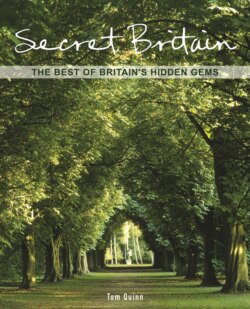Читать книгу Made in Great Britain - Tom Quinn - Страница 24
На сайте Литреса книга снята с продажи.
Hicks’ Almshouses GLOUCESTERSHIRE
ОглавлениеWe know that King Harold owned what is now the picture-postcard village and lands of Chipping Campden, and that they were incorporated into the kingdom of Wessex before the Norman Conquest of 1066.
The ‘Campden’ part of the name means ‘valley with fields’; an apt description of the landscape in which it sits. ‘Chipping’ came to be used by the 1200s to mean a market, which was held in the town. Most visitors to the village simply admire the golden stone of the buildings – but Chipping Campden hides some very special buildings indeed.
By the 14th century the town was remarkably prosperous, its wealth built almost entirely on wool. The Woolstaplers’ Hall, an extraordinary survivor in the high street and now a museum, dates back to 1340, when it was thought to be a trading hall. Among the wealthy individuals who became rich on the wool trade was Sir Baptist Hicks who, on his death, wanted to leave something for the good of the poor and of his soul. In 1612 he had a group of almshouses built to home ‘six poor men and six poor women’, a purpose they still fulfil to this day. Sir Baptist Hicks was one of the richest men in England, but the £1,000 he spent on the almshouses was a staggering sum by the standards of the time.
SECRETS
While you’re there
Visit the BLISS TWEED MILL at Chipping Norton. A working mill until 1980, it was later converted into luxury flats, but is still a magnificent edifice with an unusual chimney that is worth taking the trip to see.
Secret place to stay
OLD NEW INN, Bourton-on-the-Water (www.theoldnewinn.co.uk). A great mix of ancient and modern, with its own tourist attraction – a scaled replica model of the village of Bourton-on-the-Water as it looked in the 1930s.
Almshouses survive in many old English towns to house the deserving poor.
